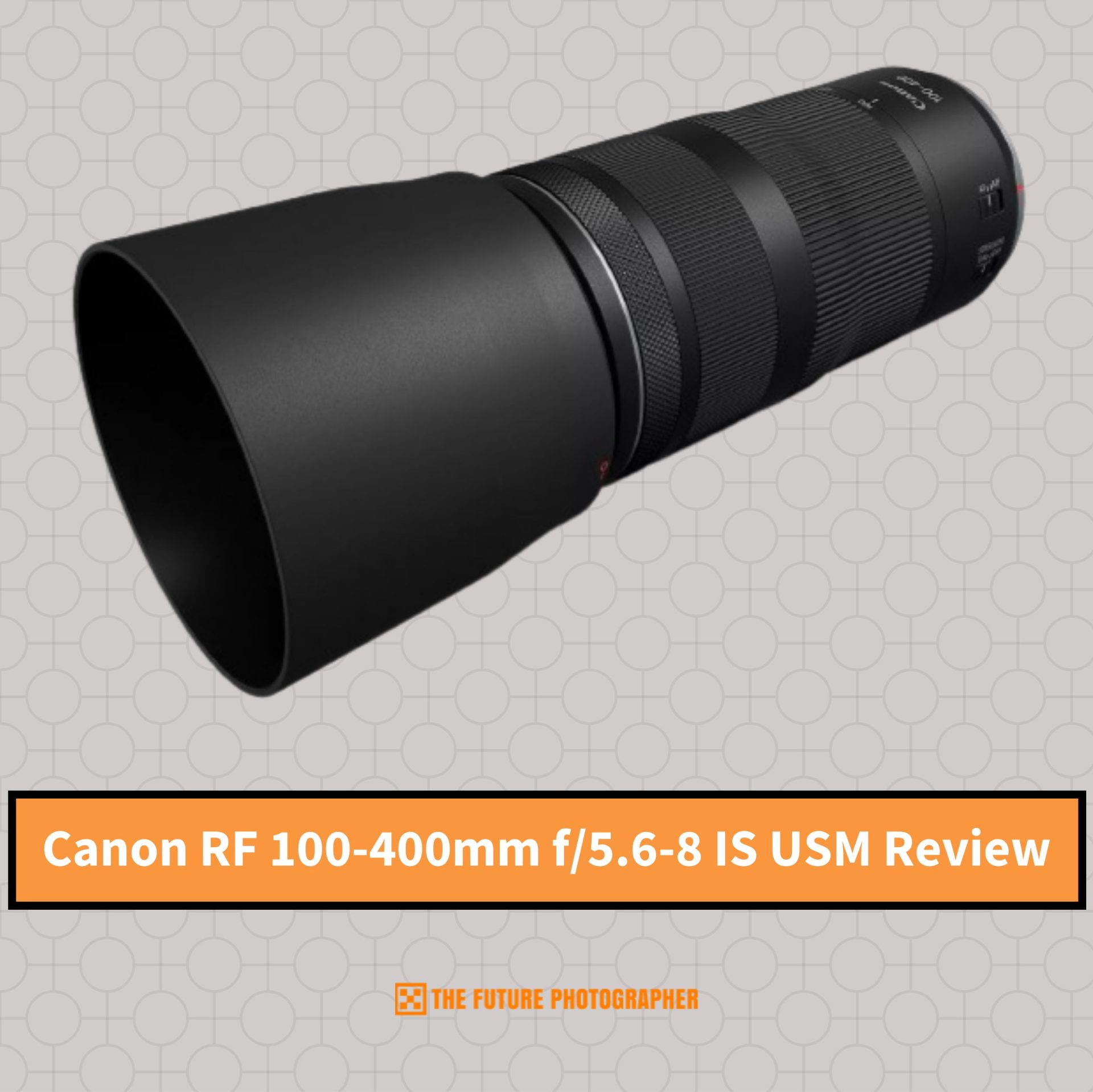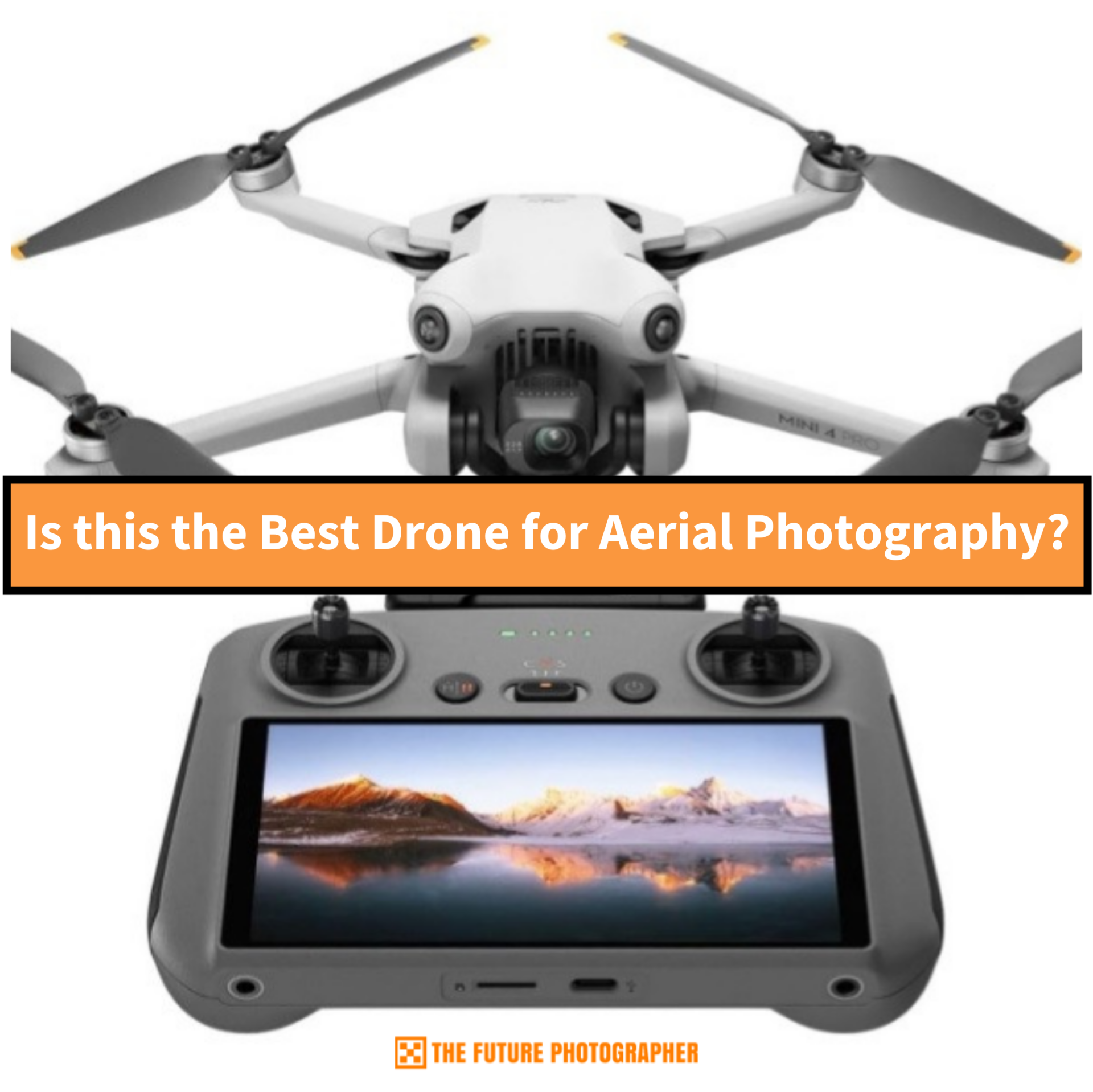
The Nikon D610 came quickly on the heels of its predecessor, the D600, in an attempt to resolve an issue with the prior model’s shutter mechanism. Some users discovered that oil would collect on the D600’s sensor, resulting in spots within the frame. While the D610’s main objective is to clear up this issue, it does offer up new features, which this Nikon D610 review will dive into later. In the meantime, stick around for our full Nikon D610 review and learn about the camera’s specs, image performance, video capabilities, and more.
Nikon D610 Specs

- 24.3MP FX-Format CMOS Sensor.
- EXPEED 3 Image Processor.
- 3.2-inch 921k-Dot LCD Monitor with 100% Screen Coverage.
- Optical Viewfinder with 0.70x Magnification and 100% Screen Coverage.
- Full HD 1080p Video Recording at 30 frames per second.
- Multi-CAM 4800 39-Point AF Sensor.
- Full Resolution Continuous Shooting at 6 frames per second.
- ISO Range of 100-6400 (Auto) / 50-25600 (Extended).
- Built-in Flash with Commander Mode.
- External Microphone Input.
- Wi-Fi Capability with WU-1b Wireless Mobile Adapter.
- GPS Capability with GP-1A Adapter.
- SD / SDHC / SDXC Memory Card Compatibility.
- Dimensions of 5.6 by 4.4 by 3.2 inches.
- Weighs 26.7 ounces.
Nikon D610 Features and Performance
Build and Buttons
Featuring a construction of a polycarbonate-covered magnesium-alloy chassis, the Nikon D610 is protected against dust and most weather conditions. With the rugged build and weather-sealed body, this camera is extremely versatile and makes nature, wildlife, or any other outdoor shooting easy to achieve. No need to worry if you end up having to shoot in less than desirable conditions, including rainy, dusty, cold, or humid environments. The overall handling of the camera is quite nice as well. Although not with a particularly small body, the unit still manages to fit comfortably in the hand.
The front of the Nikon D610 features standard controls, like the two programmable buttons, flash popup/flash compensation button, AF/M switch, and the bracket and lens release buttons. On the top left sits the exposure mode dial neatly atop the release mode dial (drive mode dial). Both dials have lock buttons — exposure mode’s lock sits in the center while the release mode’s lock sits adjacent.
On the top right sit multiple controls, including the status LCD, metering button, exposure compensation button, movie record button, shutter release, and the power switch. To the left of the LCD monitor on the back of the camera sits a column of buttons, including menu, picture controls, white balance, quality, and ISO sensitivity. There is also an eight-way controller that helps you to position the autofocus point.
Display and Functions

The Nikon D610 is equipped with a 3.2-inch 921k-Dot LCD monitor featuring 100-percent screen coverage. Although the quality of the LCD monitor doesn’t beat out other high-end units, the display is nevertheless clear, sharp, and bright — perfect for framing in Live View. The one con is that the LCD monitor is fixed, which makes shooting from awkward angles more difficult than if the monitor were an articulating one.
A major reason why users make the jump to a full-frame DSLR is the size of its viewfinder. The Nikon D610 features a large optical viewfinder with 0.70x magnification and 100-percent screen coverage. A useful grid overlay is present within the viewfinder, aiding photographers as they frame their shots.
Sensor, Resolution, and Autofocus
Equipped with a 24.3MP FX-Format CMOS sensor and an EXPEED 3 image processor, the Nikon D610 has a lot to offer. Note that the FX-Format sensor offers compatibility with both Nikon’s 1.5x DX crop mode and Nikon’s DX lenses. The image processor results in speedy operation and impressive shooting, such as full resolution continuous shooting at 6 frames per second, which is sufficient under most circumstances. An interesting result of Nikon’s D610 new shutter mechanism is the Quiet Continuous shooting mode, which shoots at 3 frames per second. Although it’s not silent, it is significantly quieter than the regular shooting mode.
The native ISO ranges from 100-6400 but can be extended from 50-25600. ISO performance on this camera is certainly one of the highlights — even at the highest setting you can capture images with a decent amount of detail. If you go above the auto maximum of ISO 6400, expect some noise to creep into frame, but even at the absolute maximum of ISO 25600, there’s enough detail for the image to be usable if necessary.
Any Nikon D610 review wouldn’t be complete without some mention of the autofocus. Featuring a Multi-CAM 4800 39-Point AF sensor, the D610 maintains 9 cross-type sensors with stellar performance especially in sunlit conditions but maintains quality even in low light. Easily lock onto your target using the eight-way controller. Thanks to the integrated Scene Recognition function, the D610’s autofocus also offers up 3D focus tracking.

Video and Wi-Fi Capabilities
We will wrap up our Nikon D610 review with a few notes on the camera’s video features. The list of features includes Full HD 1080p video recording at 30 frames per second. Manual audio controls are available, as are inputs for both a set of headphones and an external microphone. Video quality is overall impressive with white balance and auto exposure working together to result in accurate colors.
One downside of the D610 is the fact that its built-in microphone is mono only — although the audio that it captures is quite solid, the mono only factor is oddly outdated when compared to other similarly priced units. In regard to autofocus, when set to AF-F mode during shooting, continuous autofocus is enabled; otherwise, AF-S allows the user to take control, enabling autofocus with a half-press of the shutter button while filming.
Finally, unlike other comparable units, the Nikon D610 unfortunately lacks built-in Wi-Fi and GPS — yet it is nevertheless still capable of both functions. An optional WU-1b adapter is available for purchase, allowing you to add Wi-Fi for file transfers. If you would like to add GPS, an additional GP-1A adapter is available for that function as well.
Pricing
The Nikon D610 is available in four configurations: the body only, priced at $1,497; the body with a 24-85mm lens, priced at $1,997; the body with a 28-300mm lens, priced at $2,447; and the body with both a 24-85mm and 70-300mm lens, priced at $2,597.
Verdict
As you have seen throughout our Nikon D610 review, the D610 offers up a nice compromise between higher-end models and cheaper, less feature-packed models. While the D610 lacks some top-notch features, it can certainly take on the best of them when it comes to image performance and overall versatility. If you have been considering making the shift to a full-frame body, this unit is an excellent choice. Leave us a comment below and tell us if you enjoyed our Nikon D610 review.





